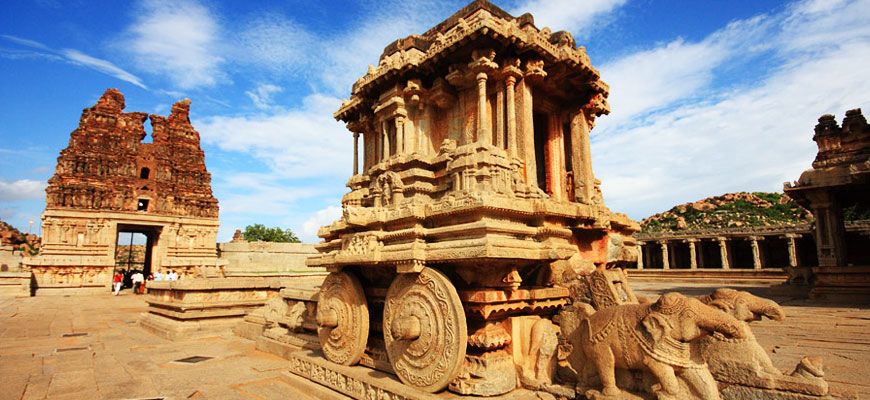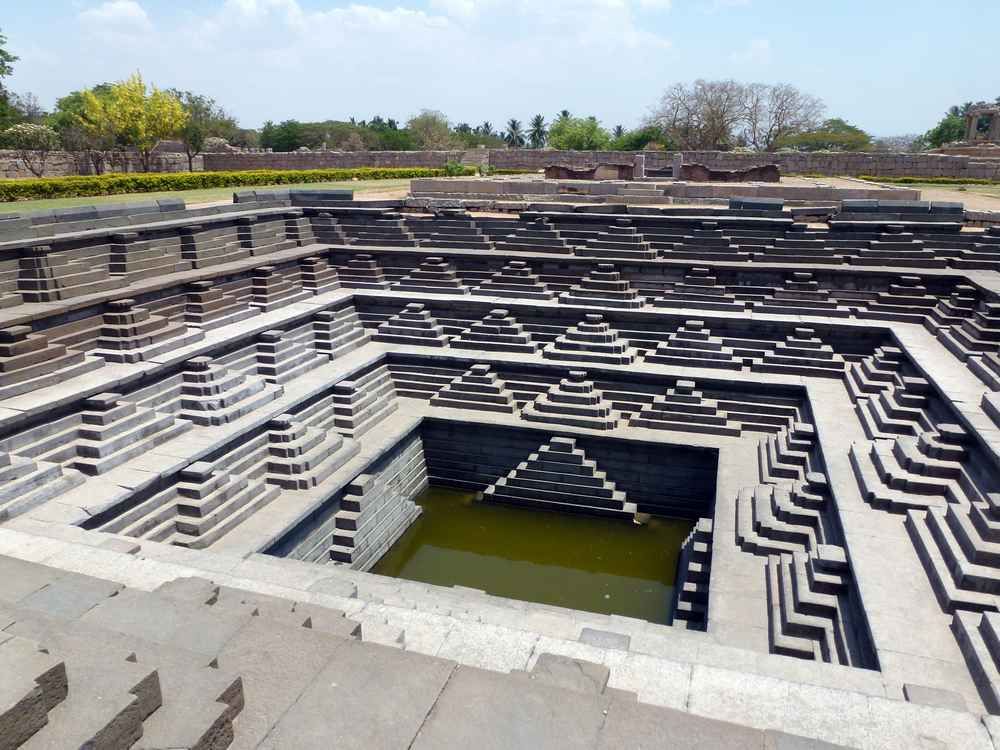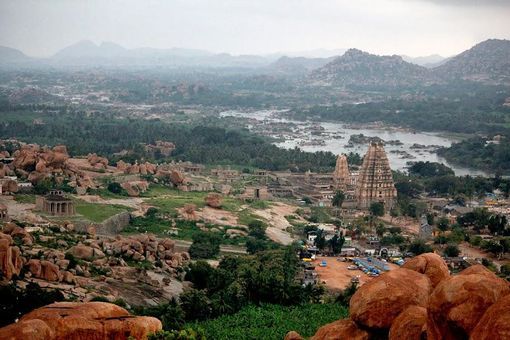Hampi - The City Of Ruins
May 23, 2019 • 4 views
HAMPI
Hampi is famous for its ruins belonging to the erstwhile medieval Hindu kingdom of Vijaynagar and it is declared a UNESCO World Heritage site. The temples of Hampi, its monolithic sculptures and monuments, attract the traveler because of their excellent workmanship. The Hindu style of architecture found at Hampi reflects the splendor of the Vijaynagar Empire. The rugged landscape adds to the historic ambience of this site.

Location
Hampi is located in the central part of the state of Karnataka, in the southern part of India. It is 353 km from Bengaluru, and 13 km from Hospete. It is located on top of a rugged terrain and is 467 m above sea level. Tungabhadra River flows through Hampi. It has a tropical climate with hot summers (April-June), and cool winters (October-February). It experiences the south western monsoon rains from June to August.

History
The first settlement in Hampi dates back to 1st century AD and a number of Buddhist sites belonging to that time have been found nearby. Hampi was the capital of the mighty Vijaynagar Empire. Vijaynagar was one of the largest Hindu empires in India. Two brothers, Harihar and Bukka founded it in 1336. Krishnadevaraya (1509-1529) was the greatest ruler and controlled almost all of peninsular India south of Tungabhadra River. The town of Hampi in 14th century had a population of half a million people. Seven concentric lines of fortifications protected the city. It maintained a huge army to protects it from other kingdoms. Vijaynagar Empire flourished, as it controlled both cotton and spice trade routes of southern India. Medieval historians refer to Hampi as an important center of trade. However, the glory of Vijaynagar was short lived. With the death of Krishnadevaraya, the combined armies of the five Muslim kingdoms-Bidar, Bijapur, Golconda, Ahmednagar and Berar-destroyed this mighty empire in 1565.

The UNESCO World Heritage Site in Karnataka has made India proud. Among the 52 global destinations,Hampi ranked second in New York Times places to see in 2019.

